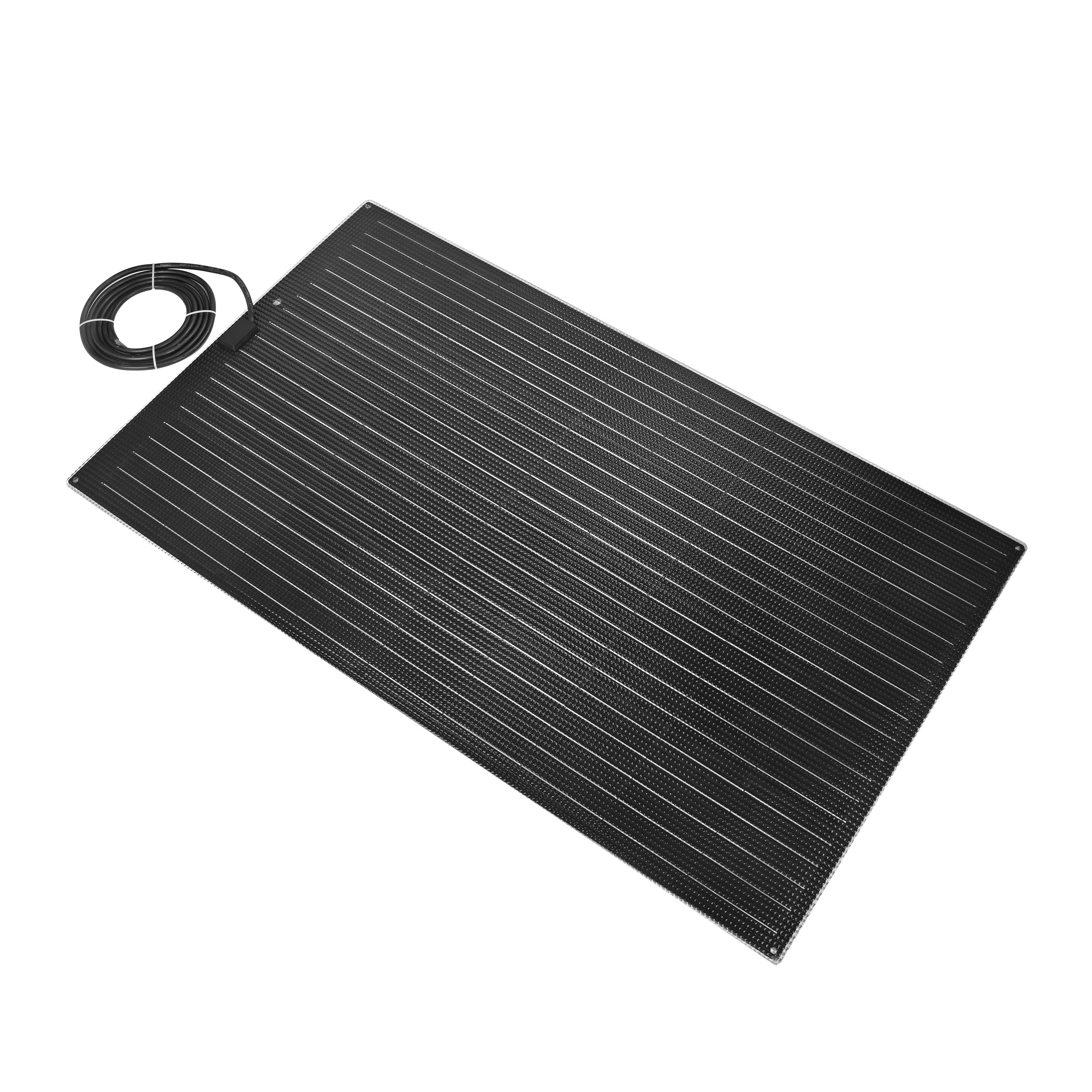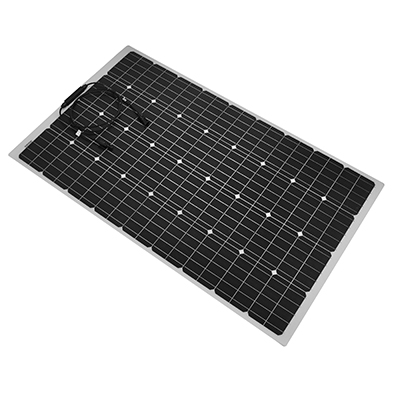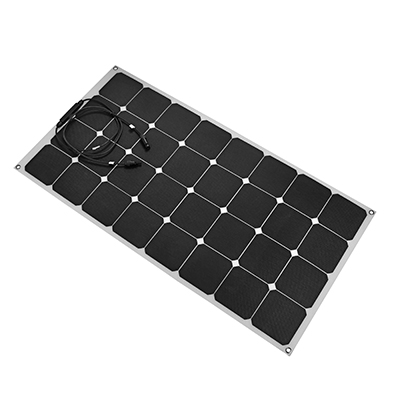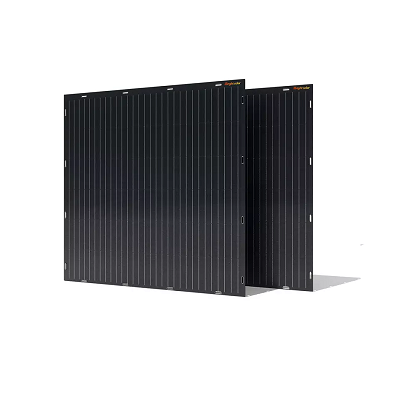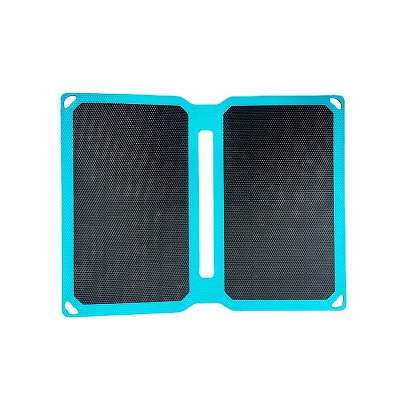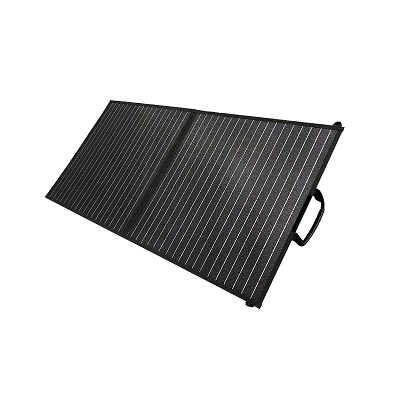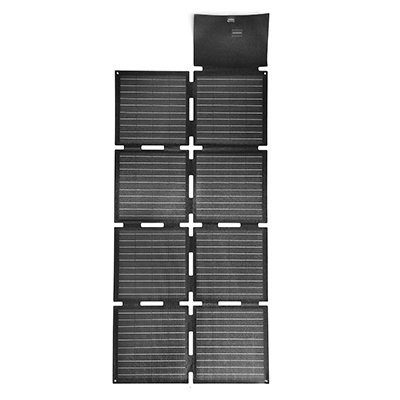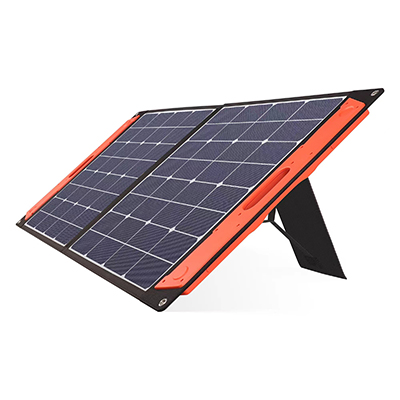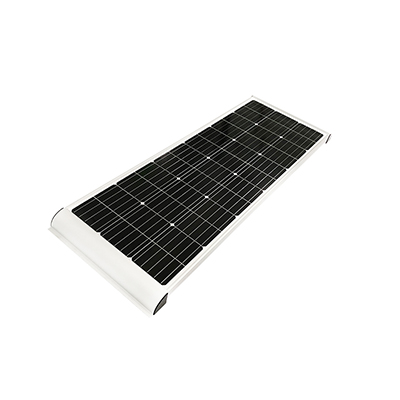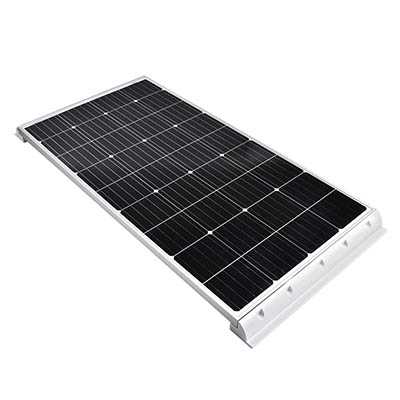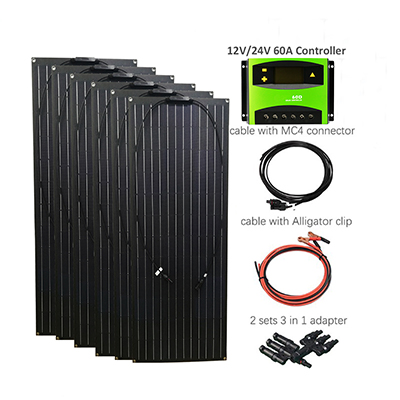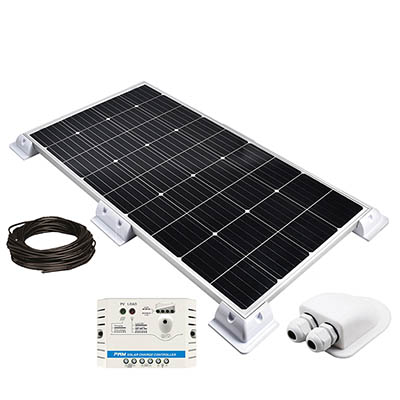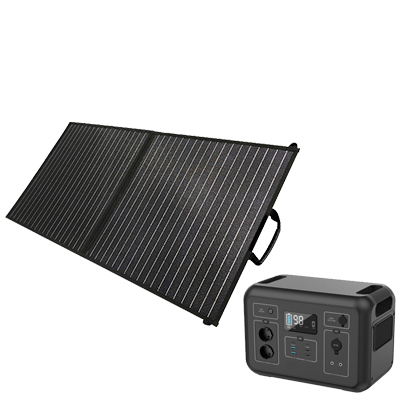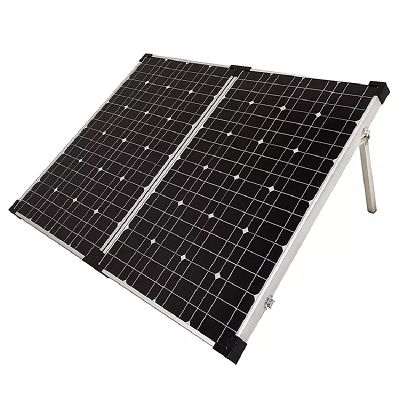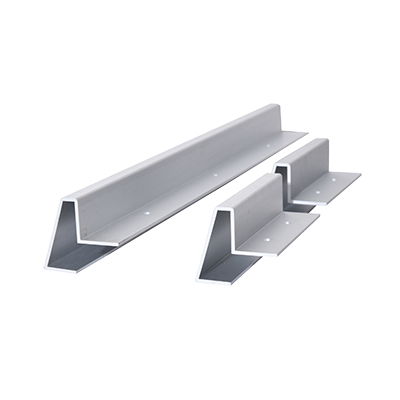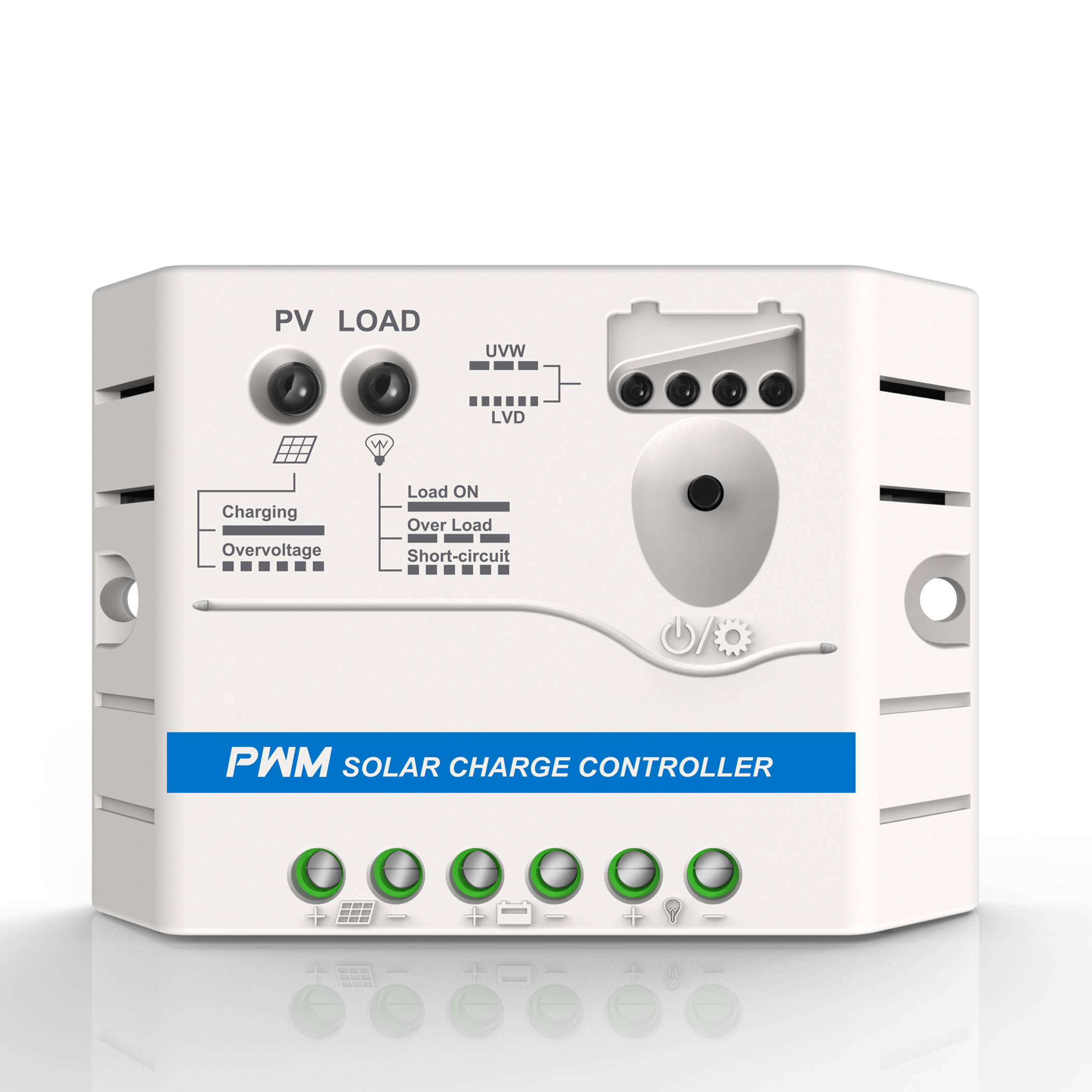Three current mainstream solar cell technology routes
Three current mainstream solar cell technology routes
PERC battery
PERC battery technology is the mainstream technology in the industry and is the most mature. Its current global production capacity has exceeded 200GW, and its annual production capacity has exceeded 100GW. According to incomplete statistics, the new production capacity planned by mainstream PERC cell manufacturers in 2021 will reach 143GW, a record high. Judging from the current industry, the PERC battery production expansion wave will reach its peak in 2021. The current mass production conversion efficiency of PERC cells has reached 23.5%, which is close to the theoretical limit of 24.5%. With the rapid expansion of production capacity, profit margins have begun to shrink. Since then, major manufacturers have limited willingness to expand PERC production capacity. In the future, they will focus more on the layout of TOPCon and HJT and other new technology path batteries.
TOPCon battery
TOPCon battery is a tunnel oxide layer passivation contact battery. Its basic principle is to deposit a very thin layer of silicon oxide on the back of the N-type silicon wafer, and then deposit a layer of heavily doped polysilicon film to achieve back passivation contact and improve open circuit voltage to improve conversion efficiency. At present, the mass production conversion efficiency of TOPCon batteries in the industry exceeds 24%, and the theoretical limit is 28.7%. TOPCon batteries can be upgraded from existing PERC battery production line equipment, but they have many shortcomings, such as difficulty in mass production, complicated processes, and difficulty in reaching theoretical limits.
HJT battery
HJT battery is a heterojunction battery. Its basic principle is to use amorphous silicon deposition to form a heterojunction as a passivation layer based on N-type silicon wafers. The open circuit voltage of the battery with this structure is higher and the efficiency will be correspondingly higher. relatively high. At present, the maximum conversion efficiency of HJT batteries in the laboratory reaches 29.52%, and the conversion efficiency in mass production reaches 24.53%;
HJT batteries have six major advantages: 1. High open circuit voltage and high conversion efficiency; 2. Weak power attenuation; 3. Low temperature coefficient and stable output power; 4. Symmetric structure, supporting thinning and double-sided power generation; 5. Process flow Simple; 6. Since HJT batteries use a thin film deposition process, they can be combined with IBC and perovskite batteries, and have a lot of room for development. The disadvantage is that it cannot be upgraded through existing equipment, and the cost of equipment and materials is relatively high.


